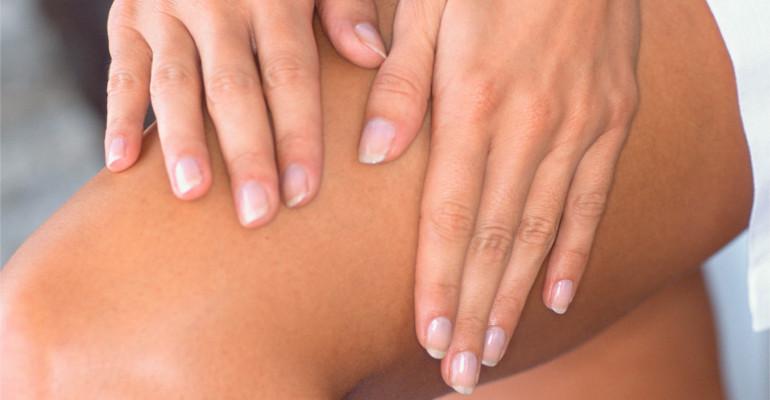
Skin reactions to sugaring: reasons and treatment
We are all different. This fact has been well known for a very long time. That's why we react differently to the same stimulant. In this article, we'll talk about reactions to sugaring paste and procedures in general.
Redness
Momentary redness in the sugared area is an absolutely normal reaction. Redness is a natural skin reaction, caused by irritated follicles after the hair has been removed. If the skin has been treated correctly after the procedure (using post epilating lotion), this reaction disappears after 1.5-2 hours.
Inflammation
The majority of clients have quite predictable reactions to sugaring. Usually it's really minor, and doesn't last longer than 1.5–2 hours, especially if the specialist follows the rules of the procedure carefully. So you can fully enjoy the smoothness and beauty. But there are some clients who develop quite unusual reactions. For example, small ulcers on the surface of the skin.

What causes them?
The specialist probably forgot about or skipped some stages of the procedure:
- Skin surface was not thoroughly cleaned from the rest of the paste. As a result, pores were clogged, causing the inflammation.
- Protective water-based (oil-free) emulsion was not applied, or it was an oil-based one. Emulsion is needed to speed up the healing process and to protect the follicle's mouth.
Client ''tried hard'' to cause the inflammation process:
- All of the instructions about after-procedure care, given by specialist, were forgotten – and they are really important.
- After the procedure, the client was wearing dirty or tight synthetic clothes.
In very rare cases, a reaction can be an individual form of how your body responds to sugaring.
What to do if this type of reaction has occurred:
- A visit to the dermatologist is recommended.
- Regularly treat the irritated skin areas with antiseptics.
- Don't forget about personal hygiene.
Histamine reaction
This type of reaction resembles hives. Swelling around the hair holes look like small local swelling, with a red dot on the top. This type of reaction is not as common as redness. Most often, the histamine reaction will occur when removing vellus hair.
Usually it goes away, but in rare cases an antihistamine can be used to alleviate the situation. No self-treatment! It is necessary to tell your client, who is the "happy owner" of this reaction, to see a doctor. Mandatory condition is to strictly follow all the recommendations, as well as the use of emulsions with Panthenol after the procedure.
Bruises
If the specialist is not experienced enough, clients have the chance to receive a couple of bruises along with their smooth beautiful skin. The best thing the esthetician can do in this case is to figure out what she did wrong and how to avoid the same mistake in the future. The main thing that causes bruises is a wrong pulling technique (weak stretching, wrong direction, weak moves, or not pulling from the beginning, but from the middle of the stitch).

Blood spots
It sounds quite scary. An inexperienced technician and client would both be surprised by seeing it. Blood spotting from the mouth of the hair is an individual reaction. That can be caused by the damaging of the hair follicle situated next to the blood capillary. This unpredictable reaction can happen to even the most skilled specialist. The right response of the professional is very important in this situation. The damaged area must be treated with antiseptic and you can continue sugaring. You have to let your client know that with time, the hair will get thinner, and won't traumatize a capillary during sugaring anymore.
Conclusions
Any reaction to the procedure must be professionally reviewed by the specialist. You should never show that you are surprised, scared, or confused about what has happened. Confidence is what differentiates between a real professional and an amateur. It is similar to your fear when you heard notes of alarm in your mom`s voice when she was taking out a splinter from your finger when you were a child. Sound confident. Improve yourself. Be aware of what to expect and how to react in any of those situations. Believe in yourself and love your clients!


 Cart
Cart 